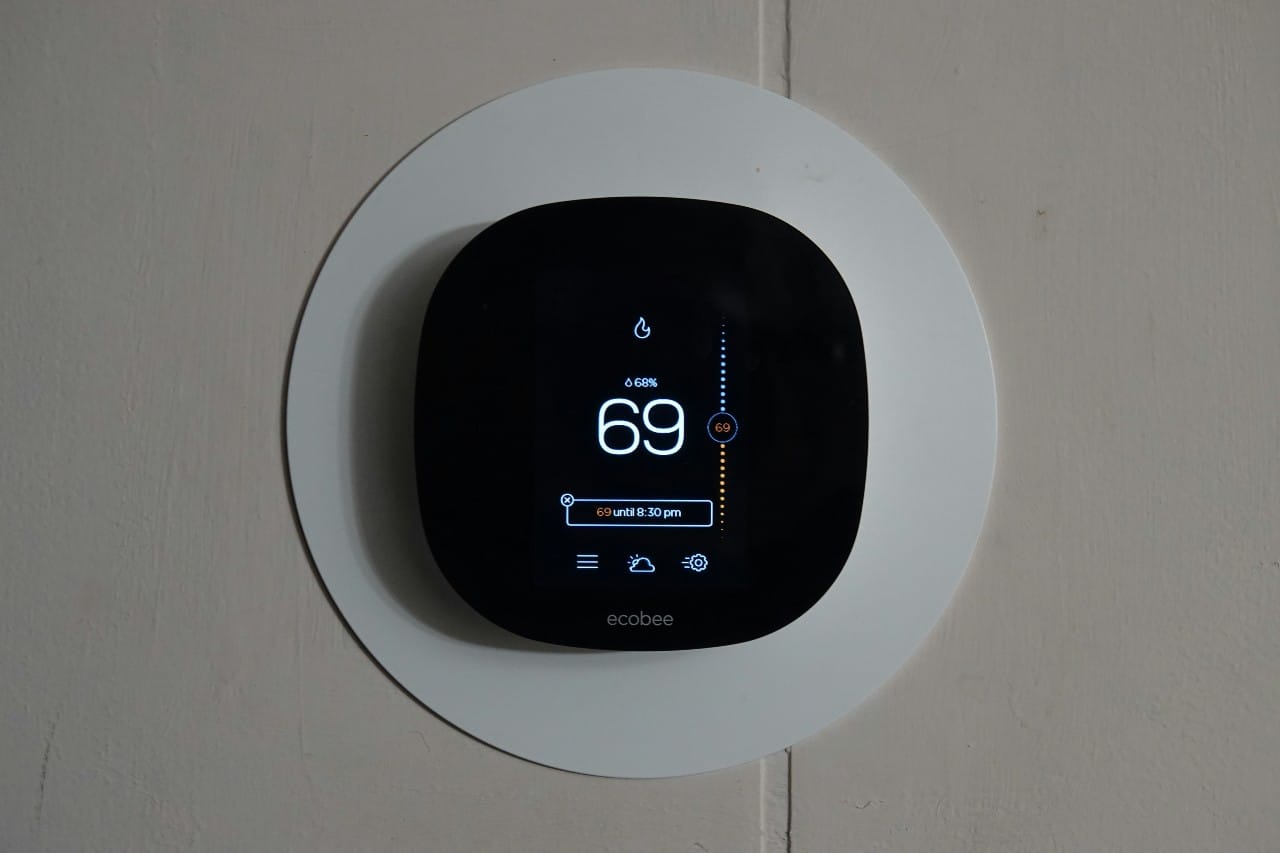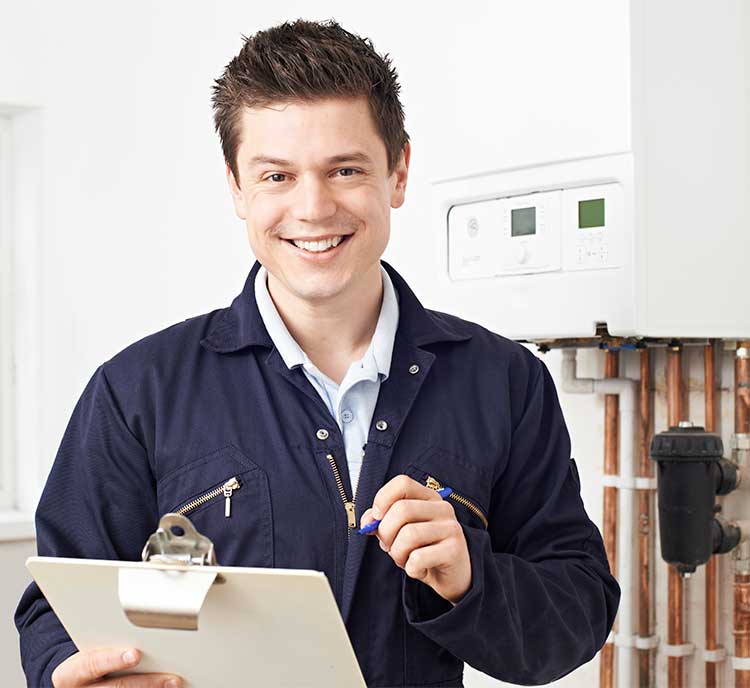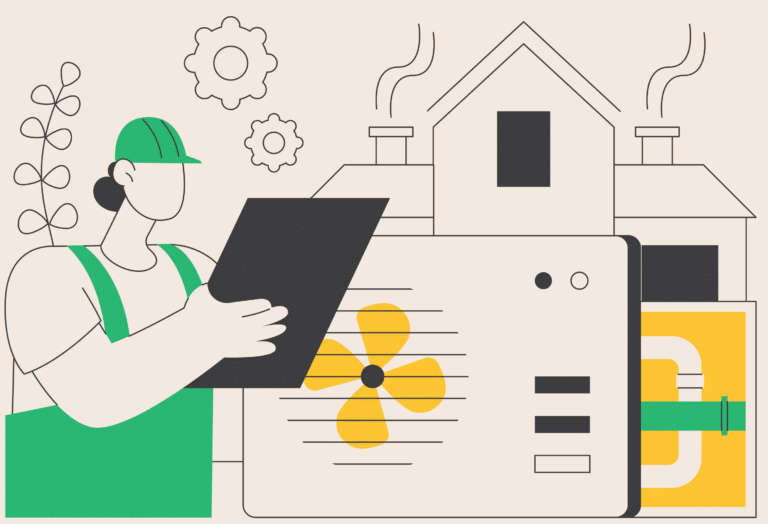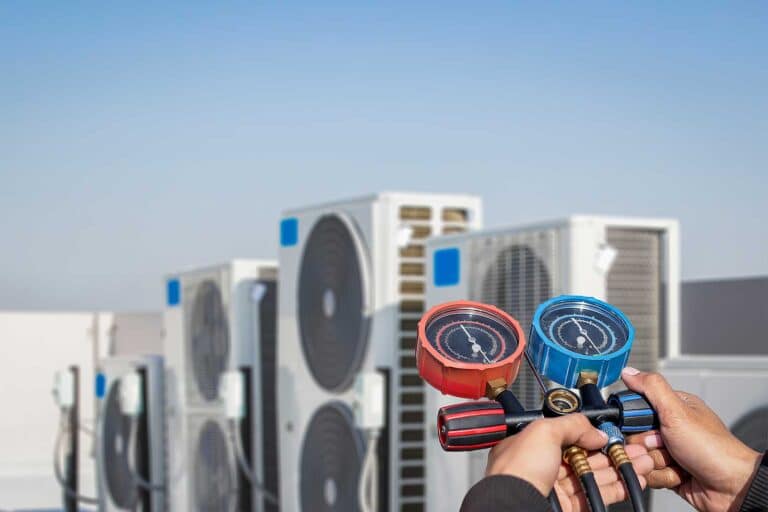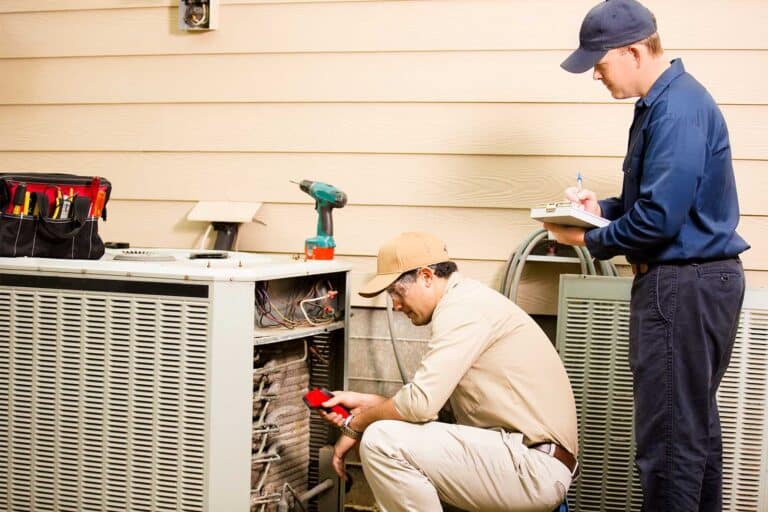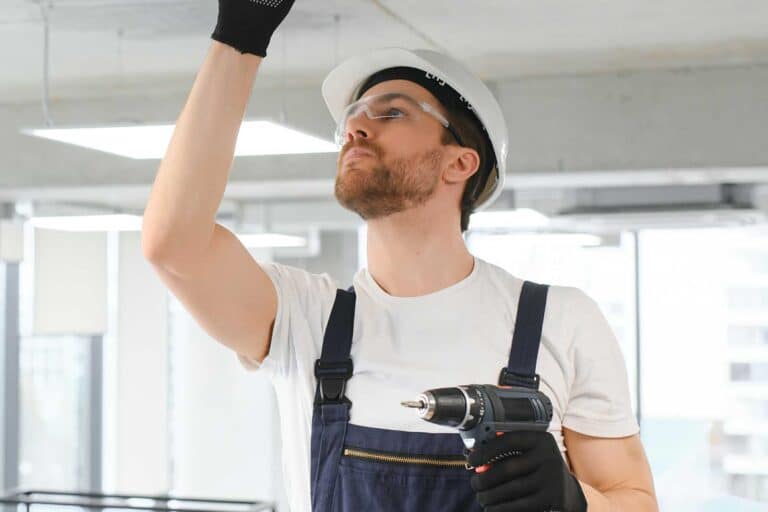7 Tips to Lower Your Cooling Costs Without Sacrificing Comfort
As Colorado summers get hotter and more unpredictable, keeping your home cool without overpaying on your energy bills is more important than ever. Many homeowners assume they have to choose between saving money or staying comfortable—but that’s not true. You can absolutely lower your cooling costs while keeping your home reliably comfortable.
At Blue Valley Heating and Cooling, we help families across Longmont, Boulder, Erie, and Centennial improve energy efficiency and get better performance out of their AC systems. Here’s how:
Keynotes: Energy Efficiency by the Numbers
- A programmable thermostat can reduce cooling costs by 10%+
- Annual HVAC maintenance boosts AC efficiency by up to 20%
- Dirty filters can increase energy use by 5–15%
- Upgrading to a high-SEER AC unit can save hundreds per year
1. Schedule Regular AC Maintenance
If your system is overdue for a tune-up, it’s probably costing you more than it should. Dust buildup, dirty coils, or low refrigerant can all lead to longer run times and higher bills.
✅ A well-maintained system runs more efficiently and cools faster.
✅ AC maintenance can improve system performance by up to 15–20%.
Routine maintenance also extends the life of your system and helps avoid costly repairs down the road.
2. Use a Smart Thermostat Wisely
Smart thermostats aren’t just trendy—they’re effective. When programmed correctly, they learn your patterns and reduce energy use when cooling isn’t needed.
Tips:
- Set temperatures 5–8 degrees higher when you’re away
- Use geofencing features to trigger cooling when you return
- Avoid extreme temperature changes that trigger auxiliary functions
Even a few degrees of adjustment can shave 10% or more off your monthly bill.
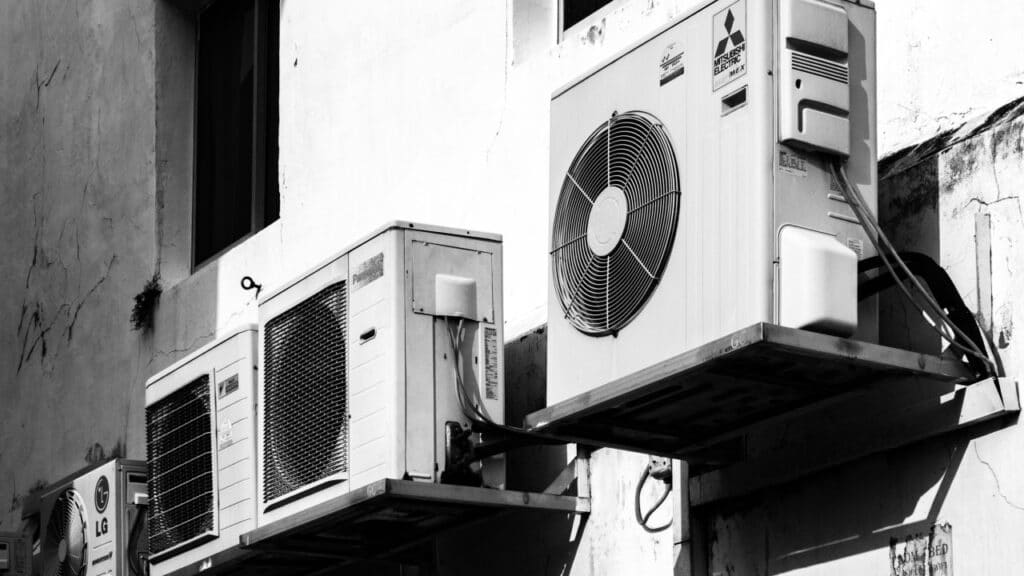
3. Change Filters Every 1–3 Months
A dirty air filter restricts airflow, making your system work harder. The longer it runs, the more energy it uses.
✔️ Replace filters regularly to improve airflow and indoor air quality.
✔️ It’s one of the cheapest ways to lower energy use instantly.
If your AC runs non-stop or your airflow feels weak, this should be your first check.
4. Use Fans Strategically
Ceiling fans and portable fans don’t cool the air—but they make you feel cooler by moving it across your skin. This lets you raise your thermostat setting a few degrees without feeling uncomfortable.
✅ Use fans in occupied rooms only.
✅ Make sure ceiling fans rotate counterclockwise in summer.
The Department of Energy confirms fans can reduce perceived temperature by up to 4°F.
5. Block the Heat Before It Enters
Solar heat gain is one of the biggest causes of rising indoor temperatures—and utility bills. Simple changes can prevent that heat from getting in.
✔️ Close blinds or curtains during the hottest part of the day
✔️ Install UV-blocking window film or insulated drapes
✔️ Add awnings or exterior shade structures where possible
Reducing indoor heat makes your AC work less to keep you comfortable.
6. Seal Leaks and Insulate
Cool air shouldn’t be escaping through cracks in your home. Sealing gaps around doors, windows, and attic spaces helps your system cool more efficiently.
✅ Weather stripping and caulking are quick, affordable fixes
✅ Insulating your attic can improve energy efficiency year-round
7. Upgrade to a More Efficient System (If Needed)
Older AC systems (10+ years) often struggle to keep up—especially during peak heat. If your system runs constantly or still leaves hot spots, it may be time to consider a replacement.
AC installation experts at Blue Valley can help you:
- Evaluate your current system’s performance
- Compare SEER ratings and energy savings
- Choose the right-sized unit for your home
Newer systems can be 20–40% more efficient than those installed a decade ago.
FAQs About Lowering Cooling Costs
What’s the ideal thermostat setting in summer?
The Department of Energy recommends 78°F when you’re home and higher when away. Adjust as needed for comfort, but avoid dramatic temperature swings.
How much can maintenance really save me?
Routine maintenance can improve efficiency by 15–20%, which could save you hundreds over the cooling season, especially during heat waves.
Is it worth upgrading an older AC?
Yes—especially if your system is over 10 years old. Newer units with high SEER ratings are more efficient and often quieter.
How do I know if my AC is too big or too small?
Oversized units cycle too quickly, while undersized units run too long. Blue Valley Heating and Cooling offers load calculations during installation to get sizing right.
Do ceiling fans actually help reduce energy use?
Yes—by allowing you to raise the thermostat a few degrees while maintaining comfort. Just remember to turn fans off when you leave the room.
Want help lowering your energy bills without sacrificing comfort? Contact Blue Valley Heating and Cooling for honest advice, expert service, and year-round efficiency.

